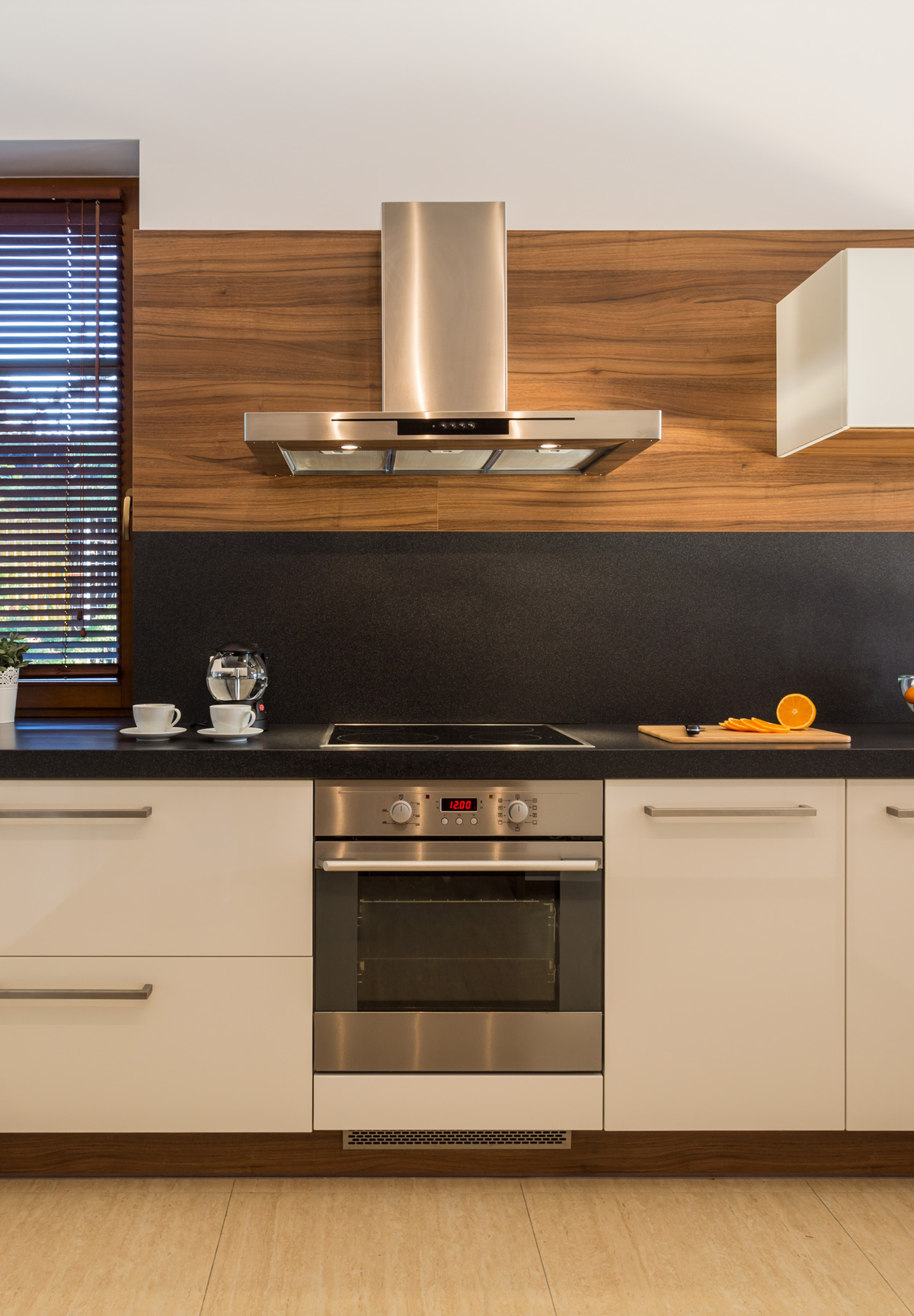Recognising Building Techniques
Buildings that look similar on the outside with similar bricks and roofs may have been built using substantially different techniques.
This would depend on when the house was built. Being able to recognise different techniques and materials will save time when planning a conversation.
As technology has changed over the years so has building methods. Until the 1930s the majority of walls were build in solid brickwork. Around about the 1930s cavity walls were introduced, however, were not used for all pre-war housing. Foundation details were not specified in by-laws until around 1914 but many houses prior to that did have brick footings.
Older Traditional
Describes houses built from the late 19th century until the end of World War 2. Older traditional includes a wide variety of housing types, such as brick two-storey terraced houses and Arts and Crafts, along with Edwardian homes from the 19th century to much larger semi detached homes, also terraced homes with more than two stories and basements. Mansion or blocks of flats would also be described as older traditional. These all would have been built with regionally produced bricks with a consistent local colour. Some would have been rendered to cover of unsightly or faulty brickwork. Roofs are usually made with tiles or slates. In 1975 half the national housing stock had been built before the end of World War 2. The majority of housing association stock is older traditional. There may be no damp proof course in the buildings.
Modern Traditional
Covers properties built after World War 2 and includes blocks of flats, semi detached and terraced houses. There would have been very few that had basements except for the flats which would have housed heating or electrical plant. Some blocks of flats have flat concrete roofs which are covered with asphalt or layers of roofing felt. Houses are two storeys high with flats being up to six storeys. Windows are timber framed, aluminium or steel. And are usually side or top hung. Most properties after World War 2 have cavity walls on concrete foundations with a damp proof course. New build houses after the War are mostly modern traditional to rationalised traditional.
Rationalised Traditional
Covers a range of construction methods which used a more traditional approach using traditional building techniques and materials. These techniques were used in a way that improved the efficiency of the construction process. It includes cross-wall construction, which describes masonry load-bearing gable and separating walls with infill panels for front and rear elevations.
Industrialised Buildings
A varied range of systems were developed in the 1960s for low, medium and high-rise housing. These buildings were built mainly by local authorities. There were diverse structural styles which included steel frames with infill panels, timber-framed panels along with precast concrete panels.
Listed Buildings
Some older houses may be listed and require listed building consent for any work undertaken inside and out if it affects the character of the building. Knowing and understanding the way these houses were built makes it a bit easier to design a solution that will be acceptable to the authorities. These buildings are worthwhile to tackle and a great deal of satisfaction will be forthcoming. Be diligent when checking what your responsibilities are or there is a change that you hold up the whole project. Your solicitor should tell you during the purchase of the property if it is listed, it should also be on the estate agent’s particulars, however, sometimes this is not the case.

